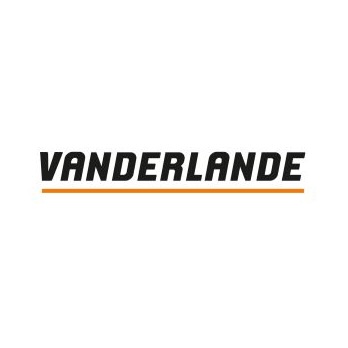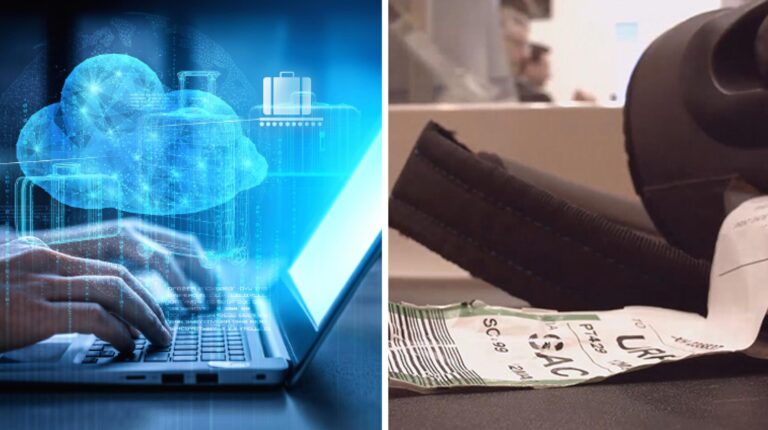Baggage handling at airports is not only a complex logistic process, but in certain areas, it can also require considerable physical effort. Manual encoding stations (MES) are one of the work areas where physical labor is still a part of daily operations. Here, bag tags are read manually. This means that staff needs to repetitively lift suitcases weighing up to 32kg. Such work can cause health issues over time, resulting in missed workdays and increased operational costs.
The accurate reading of bag tags is essential for seamless baggage handling, since they contain key information for the journey, including flight details and destination. Bag tags ensure that bags and passengers arrive together. However, as the bags are transported through the many stations of a baggage handling system (BHS), these tags can become damaged – through moisture, dirt, mechanical wear or bending. This is where conventional laser technology falls short by either misreading or failing to read the tags entirely. In such cases, bags are redirected to an MES, where staff decipher the tags manually. This process typically takes up to two minutes per item, is time-consuming, and is above all physically demanding, especially when performed repeatedly under time pressure and in harsh working environments.
To automate this step and relieve personnel, Vanderlande developed Vision Encoding. This innovative solution uses optical character recognition and artificial intelligence to capture and interpret multiple images of each bag tag. If a tag is illegible, its images are automatically forwarded to a 24/7 remote service center. There the data is quickly deciphered using video coding technology and sent back to the BHS control – in under nine seconds per bag. Furthermore, this is accomplished without removing the affected bag from the BHS and without any manual intervention.
By eliminating the need for manual tag reading, Vision Encoding significantly reduces the physical strain on ground staff. It minimizes repetitive lifting and lowers exposure to stressful conditions, enabling personnel to focus on less strenuous, higher value-added tasks.
In addition, Vision Encoding streamlines the baggage sorting process, reducing bottlenecks and misconnected bags and improving staff allocation. Airports that already use Vision Encoding have reported a recognition rate of 99.5%, which supports reliable baggage tracking and helps ensure that luggage arrives with the passenger. Furthermore, the significant time improvement has enabled a major European hub to reduce baggage handling delays by up to 75%.
Overall, Vision Encoding represents a step toward a more ergonomic and efficient baggage handling. By automating a process that is still largely manual today, it supports both operational continuity and tangible improvements in working conditions for airport staff.
Read more about Vanderlande’s Vision Encoding.


